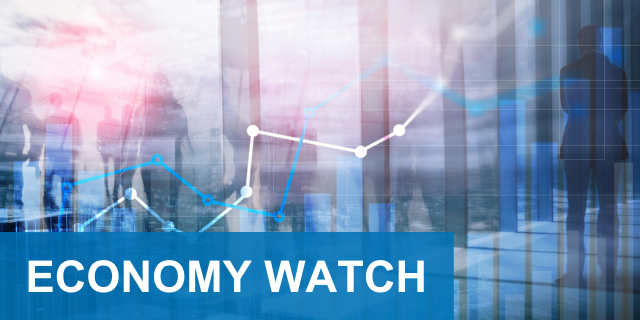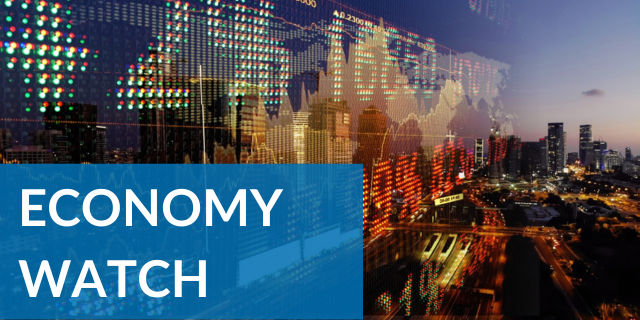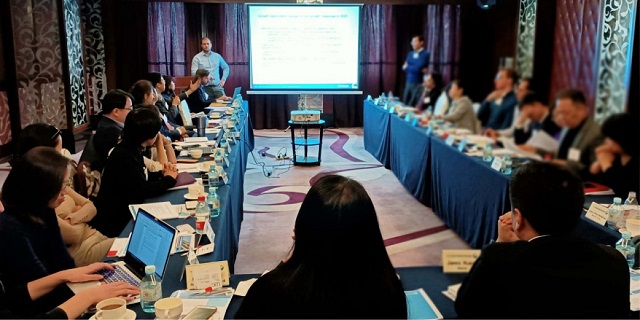This China Center members-only report provides interpretive comments on The Conference Board Leading Economic Index® (LEI) and The Conference Board Coincident Economic Index® (CEI) for China.
The LEI for China rose 1.5 percent in October from the previous month, following a rise of 0.2 percent in September. The acceleration of the index was driven primarily by consumer expectations and real estate activity, while credit extension continued to add positive momentum as well.
- The increase adds further evidence that the uptick in current economic activity will continue into the beginning 2013. However, although the macroeconomic trends point to a rebound in economic growth, the high volatility among the main LEI growth drivers in recent months leads us to remain cautious as regards the strength and durability of the rebound.
- The last several months have seen credit expansion accelerate and the economy appears to be entering a new cycle of expansionary credit conditions. This acceleration in financing appears to be the main driver of the economy’s stabilization at this time. As this note discusses below, the financing both within and outside of the formal banking sector is a net positive for short-term growth prospects, but will compound the medium-term challenges that increasingly credit-intensive growth poses. This rise of the informal finance system – now estimated to be between 25 to nearly 50 percent of GDP in size – may blunt the effectiveness of monetary policy and worsen the capital misallocation issues throughout the economy.
- Nevertheless, the data flow over the past several weeks points to an economy that has stopped decelerating and is now moderately accelerating, and the CEI further confirmed this trend in October by showing a six-month growth rate of 4.8, sharply above its rate reached in the first half of the year. All five of the CEI’s indicators have increased over the past six months, indicating that the current expansion of activity is becoming broader. As signaled by the LEI, growth in current economic activity is likely to continue picking up mildly throughout the rest of the fourth quarter.
- Uncertainties both domestically and abroad continue to pose downside risks to the economy. While exports have fared well in recent months, a worsening of the European crisis or the onset of the Fiscal Cliff in the U.S. could further drag on China’s growth, both through exports and capital flows. At home, heavy leverage and rising costs are still dragging on the manufacturing sector despite recent improvement, and real estate remains a wild card. Still, we expect that the largest downside risk for China in the medium term stems from the possibility that the leadership embarks on a large investment push in the first half of 2013 – pushing growth up in the short-term but destabilizing future growth.















